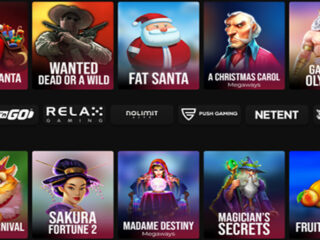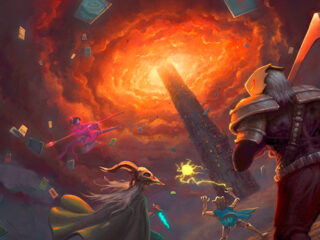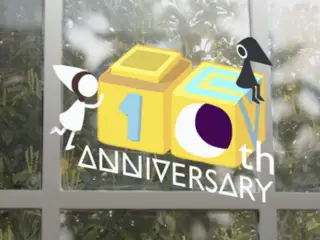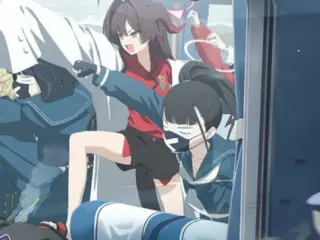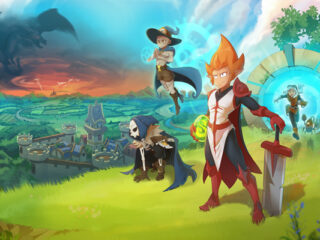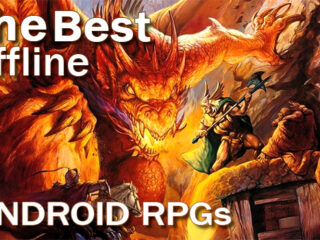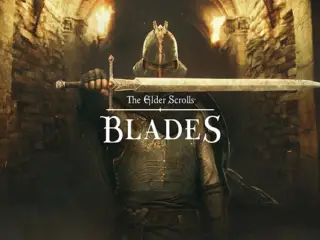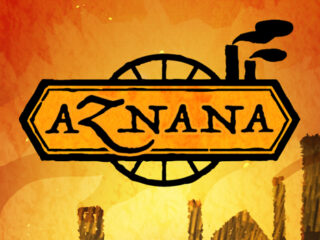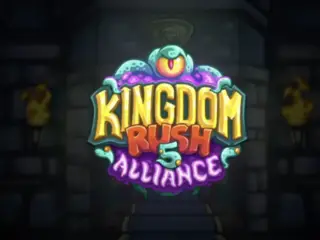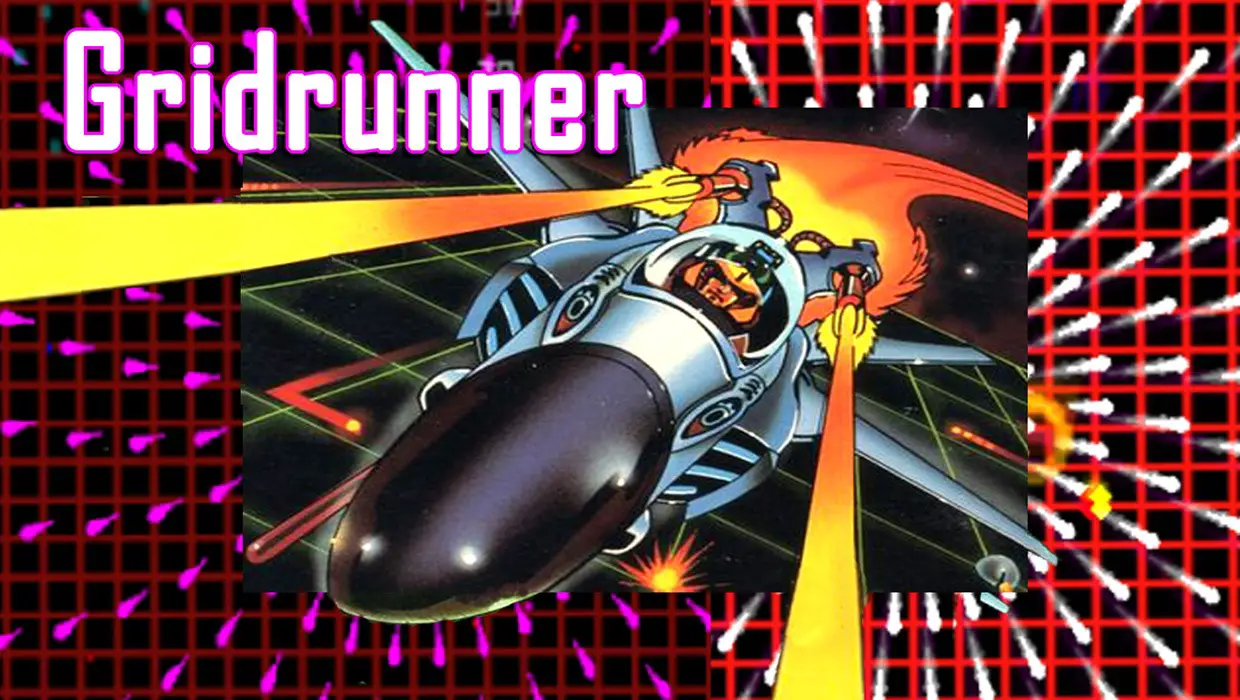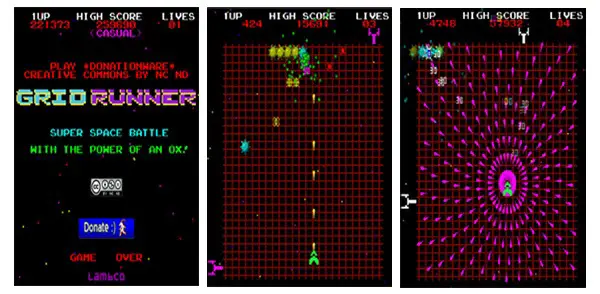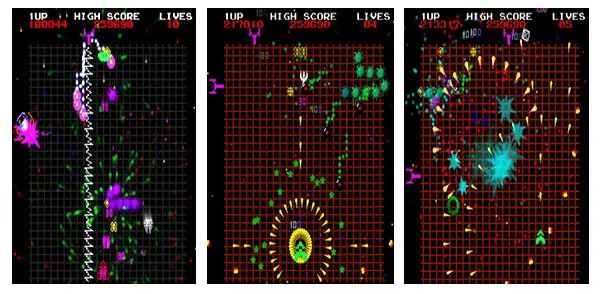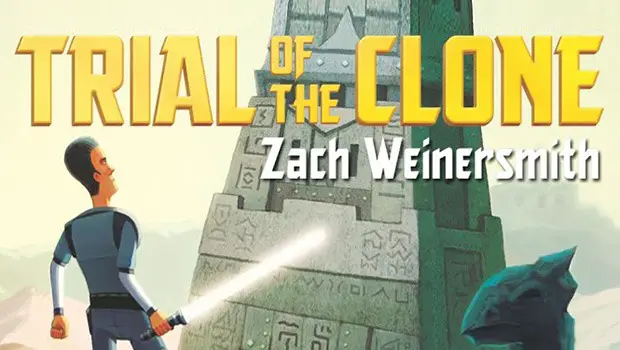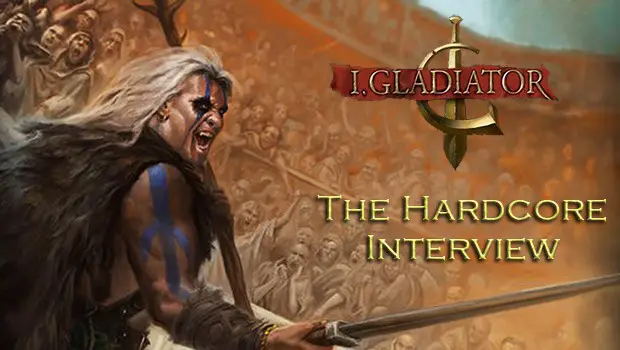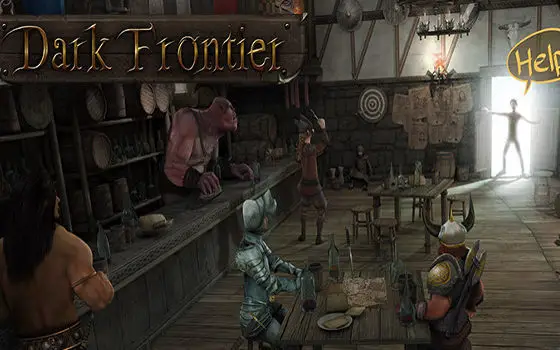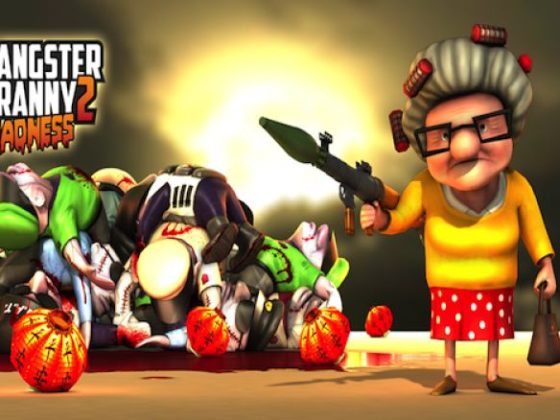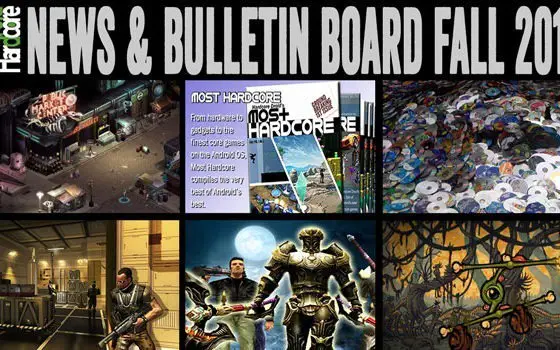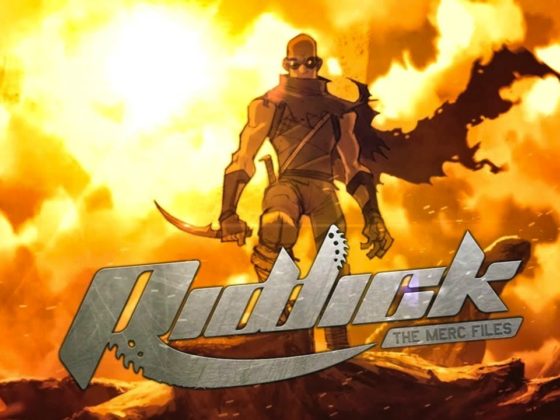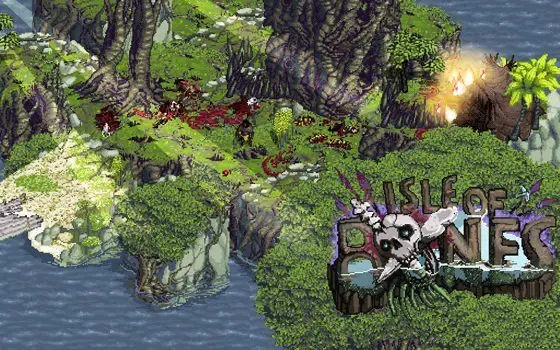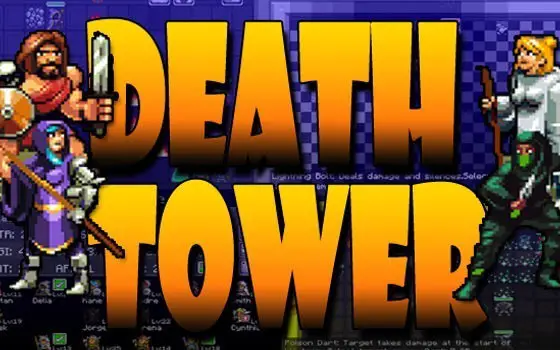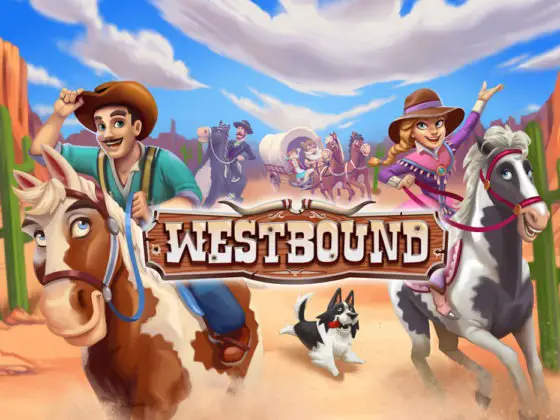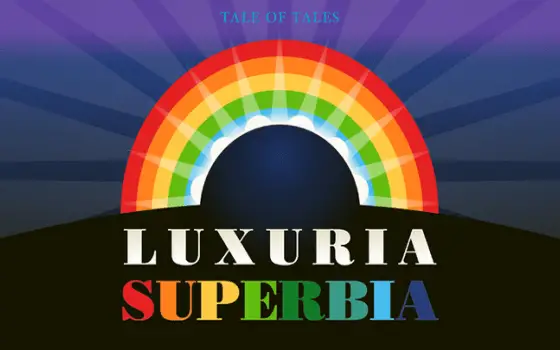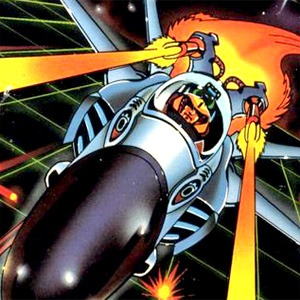 Jeff Minter rode in on the wave of “bedroom developers” that emerged with the UK’s home computer explosion some 30 years ago, but it’s his steadfast commitment to the lessons learned in those early days that has made him a legend. Indeed, Minter is quite the same animal he was back then, and while his games have grown noisier and more psychedelic over the years, they’ve never strayed from that core arcade gameplay that has always defined them.
Jeff Minter rode in on the wave of “bedroom developers” that emerged with the UK’s home computer explosion some 30 years ago, but it’s his steadfast commitment to the lessons learned in those early days that has made him a legend. Indeed, Minter is quite the same animal he was back then, and while his games have grown noisier and more psychedelic over the years, they’ve never strayed from that core arcade gameplay that has always defined them.
Llamasoft (now grown 100% to a two-man operation) has struggled a bit to stay relevant over the years, having peaked in mainstream popularity with Tempest 2000, and mostly releasing small downloadables to their loyal cult following since. But with “The Minotaur Project” they have found a second wind. Starting in 2010, the duo began releasing small, retro-styled action games on iOS, firing out games new titles one after another to critical acclaim – much to the envy of those on the our side of the OS fence.
Gridrunner, the most anticipated game in that series, makes for a fitting Android debut. Although it is sometimes overshadowed by the Tempest games, Gridrunner has long been Llamasoft’s flagship series. It’s the game that launched Minter’s career when it was first released 30 years ago. Gridrunner++ remains perhaps the designers most loved game, and its more recent psychedelic sequel, Gridrunner Revolution, was likewise a critical comeback. This latest, stripped of all titular distinctions, is essentially a reboot; a reimagining that asks what a designer in 1982 might have done if he had access to impossibly powerful hardware.
What’s interesting about this iteration of the classic series is that it forgets the many additions of the later games. Gone are the scrolling fields, collectable sheep, and wacky voice effects, in favor of a somewhat more restrained design modeled on early ‘80s arcade games that still manages to be just as intense.
For the uninitiated, Gridrunner began life as a riff on Centipede, and that heritage is brought to the forefront. The view has been shifted to a vertical screen alignment, much like the original Centipede, and the segmented enemies behave in much the same way, leaving behind debris that can then be used to funnel the worms into deadly traps. The trademark turrets that patrol the screen’s borders return as well, forcing the player to constantly stay moving.
This is really where the original’s influence ends. The graphics, while heavily 8-bit flavored, borrow more from the likes of Galaga than Minter’s old Commodore releases, and the sound is likewise a cacophony of retro-arcade bleeps and bloops. Despite the credible retro atmosphere, though, Gridrunner is far more intense than anything we could have imagined in 1982.
The first few stages start off unassumingly, but before long, Gridrunner is a blinding mess of exploding particles, bullets, and power-ups that seems virtually indistinguishable. Although the gameplay is simple, there’s a real learning curve. It takes time to recognize all the enemy types, patters, and power-ups before they manage to kill you, but once you settle in, you’ll be weaving through its patterns on pure instinct, juggling one short-lived power-up right into another, and pushing back the tide of enemies threatening to close in from all angles. There is some technique to the game, and a few scoring hooks, but at its best, this is a game or reflex and skill, and it’s an intense one, indeed.
The touch controls have a learning curve as well, but this is a more serious flaw. There are two basic touch control options called “Normal” and “Expert,” but neither feel much like the shooter controls we take for granted in releases like Dodonpachi Resurrection, Raiden Fighters, or Ikaruga. In normal mode, the ship seems to lag behind your movements, moving at a fixed speed. In Expert mode – ostensibly designed for tablets to minimize movement – the controls are loose and make liberal use of acceleration, and it can be difficult to feel like you know precisely where your ship will land. The “Normal” control option has supposedly been refined further in the iOS port, and hopefully these changes make it to a future update, but for now (v. 1.16), the touch controls remain the game’s biggest flaw. They get easier with time, but they are never as good as in other similar games.
With a Bluetooth controller, the picture gets a lot brighter, but there aren’t many control solutions that are designed for vertical handset alignment. In fact, there is really only one that is tailor made for that purpose – the iCade – and it feels like this game was tailor made for it. If you have an iCade, or even a vertical dock and a wireless controller, then be sure to add a point to my score below. Such a set up really transforms Gridrunner into the tight arcade experience it should be. Of course, if you have a horizontal control set up, you can still enjoy the classic Vic-20 and Commodore 64 Gridrunners, which have been included as a bonus and can be played by rotating the screen 90 degrees in either direction.
Like most of Minter’s games, Gridrunner borrows from the original Tempest by allowing players to choose their starting level, with a point bonus to balance out the late start. It shouldn’t be understated what a great design this is. It allows less skilled players to more easily make progress, but it also spares experienced veterans the boredom of having to slog through the game’s earlier stages in order to challenge their high scores. Playing for score is really the core joy of Gridrunner and luckily Llamasoft has included their own leaderboard and achievement system to turn this into a social affair.
Gridrunner still has some control issues to iron out, but it’s still a hell of an entrance to the world of Android. Minter has released it as “donationware,” allowing players to pay whatever they like, making the decision to download an easy one. With the hotly anticipated TxK on the way, and a catalog of older games still to be ported, one can only hope the effort pays off. Otherwise, it’ll be back to Apple-envy for Yak fans.
